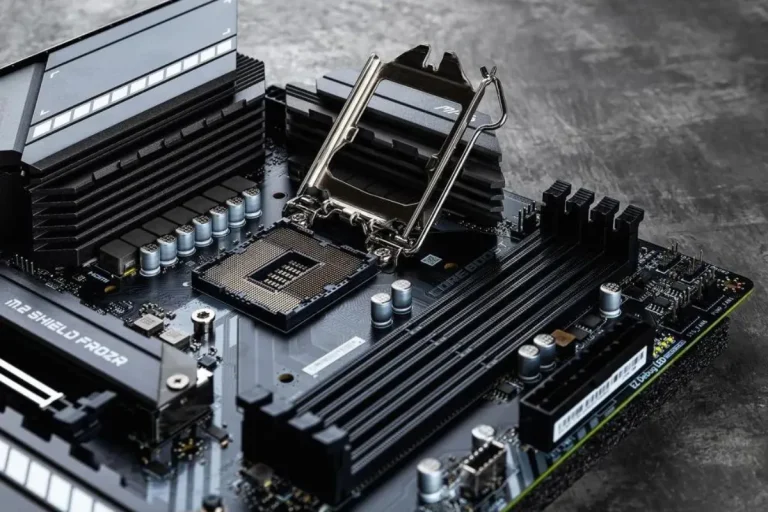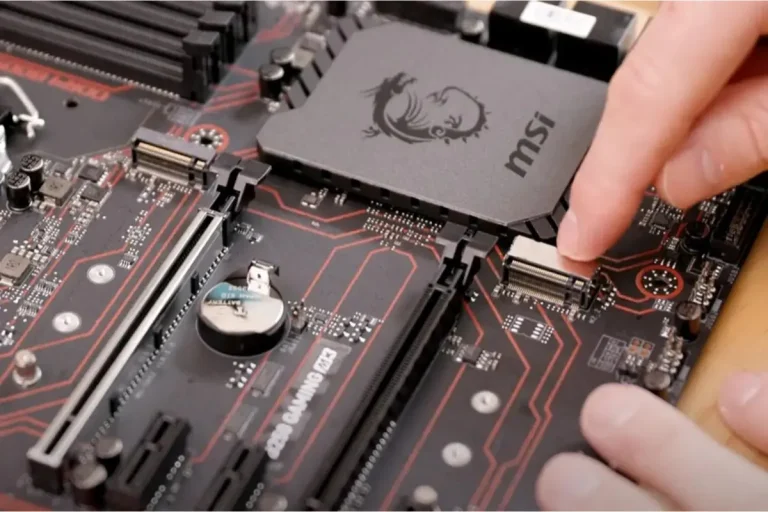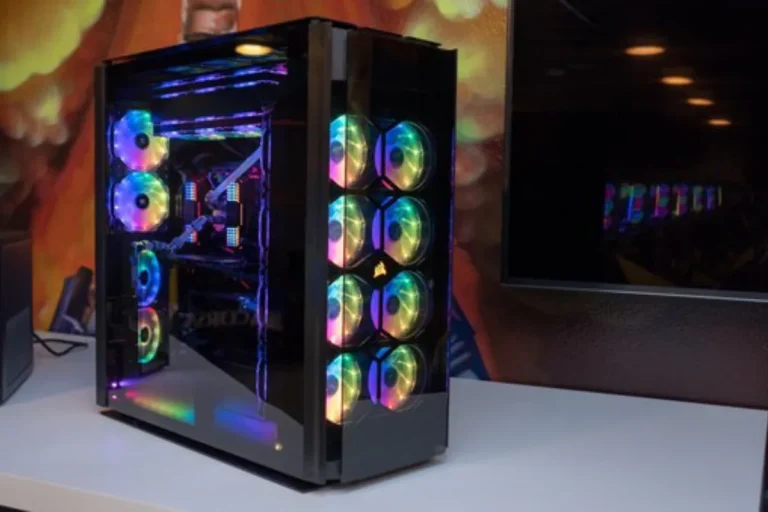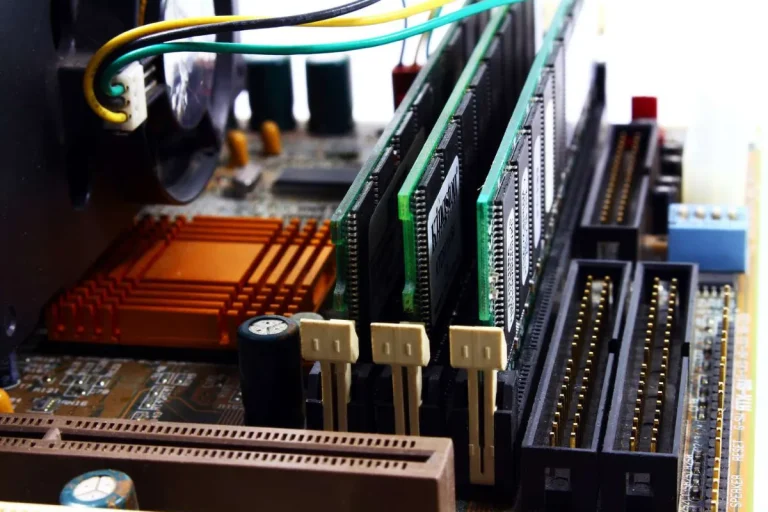Why is the motherboard color green?
Have you ever wondered why motherboards, the heart and brain of your computer, are mostly green? It’s a curious choice, isn’t it? Well, in this blog post, we’ll unravel the mystery behind the green color of motherboards and explore the fascinating reasons behind it.
PCB Manufacturing Process
When it comes to understanding why motherboards are green, we need to dive into the fascinating world of PCB manufacturing. PCB stands for Printed Circuit Board, and it is the foundation upon which all the electronic components of a motherboard are mounted.
To create a PCB, a thin layer of non-conductive material, usually fiberglass, is used as the base. This material is lightweight and provides excellent insulation properties. It helps prevent electrical interference and ensures the proper functioning of the motherboard.
On top of the fiberglass base, a thin layer of copper is added. This copper layer acts as the conductive pathway that connects all the electronic components on the motherboard. It forms a complex network of circuits that allows electricity to flow between different parts of the motherboard.
Now, here’s where things get interesting. The solder mask, a special type of ink, is applied over the copper layer. This solder mask serves two important purposes. First, it protects the copper traces from corrosion, moisture, and other harmful elements. Second, it helps insulate the copper traces, preventing accidental short circuits.
But what about the color? Well, traditionally, the solder mask used in PCB manufacturing was green. This was mainly due to the availability and cost-effectiveness of green pigments. Over time, the green color became associated with motherboards, and it has become a sort of industry standard.
However, it’s important to note that the color of the solder mask has no impact on the performance or functionality of the motherboard. It’s purely an aesthetic choice.
In recent years, with advancements in technology and manufacturing processes, motherboards in various colors have become more common, allowing users to customize their PC builds to their liking.
Significance of the Green Color
Have you ever wondered why motherboards are predominantly green in color? In this section, we’ll uncover the reasons behind this choice and explore the significance of the green color in the world of computer hardware.
The choice of green for motherboards has historical roots. Back in the early days of PCB manufacturing, green solder masks were the most readily available and cost-effective option. As a result, green became the default color for motherboards, and it has stuck around ever since.
But there’s more to it than just availability. Green also holds certain psychological associations and cultural factors that make it a popular choice. Psychologically, green is often associated with nature, growth, and freshness. It has a calming effect and can create a sense of balance and harmony.
Furthermore, green is commonly associated with technology and electronics. Think about the “green signal” indicating that a device is powered on. This association has become ingrained in our minds, making green a natural fit for motherboards, the technological heart of our computers.
Culturally, green is often associated with stability, reliability, and safety. These are qualities that are highly valued in the world of computer hardware. The green color creates a sense of trust and reassurance, giving users confidence in the performance and durability of their motherboards.
However, it’s important to note that green is not the only color used for motherboards anymore. With advancements in manufacturing techniques, motherboards are now available in a wide range of colors, allowing users to personalize their computer builds and express their individual style.
Alternative Motherboard Colors
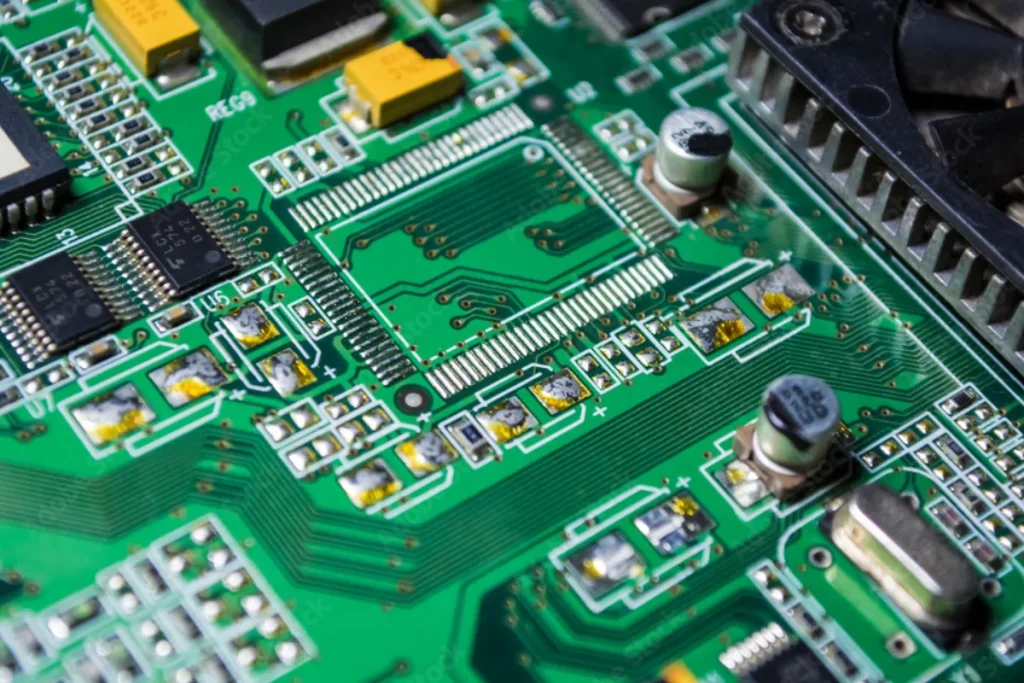
Gone are the days when motherboards were limited to just one color. Today, we have a vibrant array of colors to choose from when it comes to these essential computer components. In this section, we’ll explore the world of alternative motherboard colors and discover the significance behind them.
The availability of alternative motherboard colors has opened up a whole new realm of customization and personalization for computer enthusiasts. No longer bound by the traditional green, users can now select motherboards in colors that match their style and preferences.
One popular alternative color is black. Black motherboards exude elegance and sophistication. They give a sleek and modern look to computer builds, making them a favorite among gamers and those aiming for a more professional aesthetic.
Another popular option is blue. Blue motherboards often evoke a sense of trust and reliability. They are associated with stability and are favored by individuals who prioritize performance and durability in their computer systems.
For those seeking a bold and eye-catching look, red motherboards are a popular choice. Red is often associated with energy and power, making it a great fit for high-performance gaming rigs. It adds a vibrant and dynamic element to computer builds, making them stand out from the crowd.
Other alternative colors include white, silver, and even rainbow-colored motherboards. These colors offer a unique and unconventional aesthetic, allowing users to create truly one-of-a-kind computer systems that reflect their personality and creativity.
Frequently Asked Questions
1. Does the color of a motherboard affect its performance?
No, the color of a motherboard has no direct impact on its performance. The color is purely cosmetic and does not influence the motherboard’s functionality or capabilities. Performance is determined by factors such as the chipset, CPU, RAM, and other hardware components.
2. What are the real factors that determine a motherboard’s performance?
The performance of a motherboard is primarily determined by its chipset, which dictates the motherboard’s features, compatibility, and overall performance capabilities.
3. Can a motherboard’s color affect its durability or longevity?
No, the color of a motherboard does not impact its durability or longevity. These factors depend on the quality of materials, manufacturing processes, and the overall design of the motherboard.
4. Are there any advantages to choosing a specific colored motherboard?
The advantage of choosing a specific colored motherboard lies in personal preference and aesthetics. Selecting a color that resonates with your style and desired theme can enhance the overall visual appeal of your computer build.
5. Can I expect better performance from a motherboard with a higher price tag?
While price can be an indicator of certain features and build quality, it does not guarantee better performance.
Conclusion
So, why is the motherboard color green? Well, it all goes back to the early days of computing. The green color wasn’t chosen for any technical reasons, but simply because it was the most cost-effective option available. Over time, green became synonymous with motherboards, creating a tradition that still lingers today.
